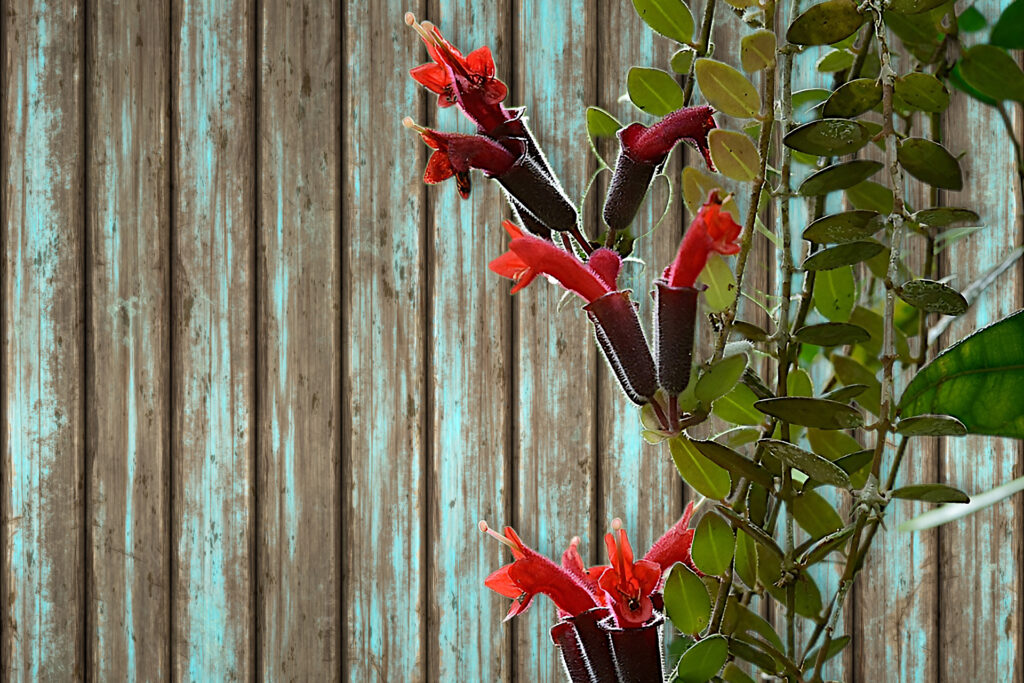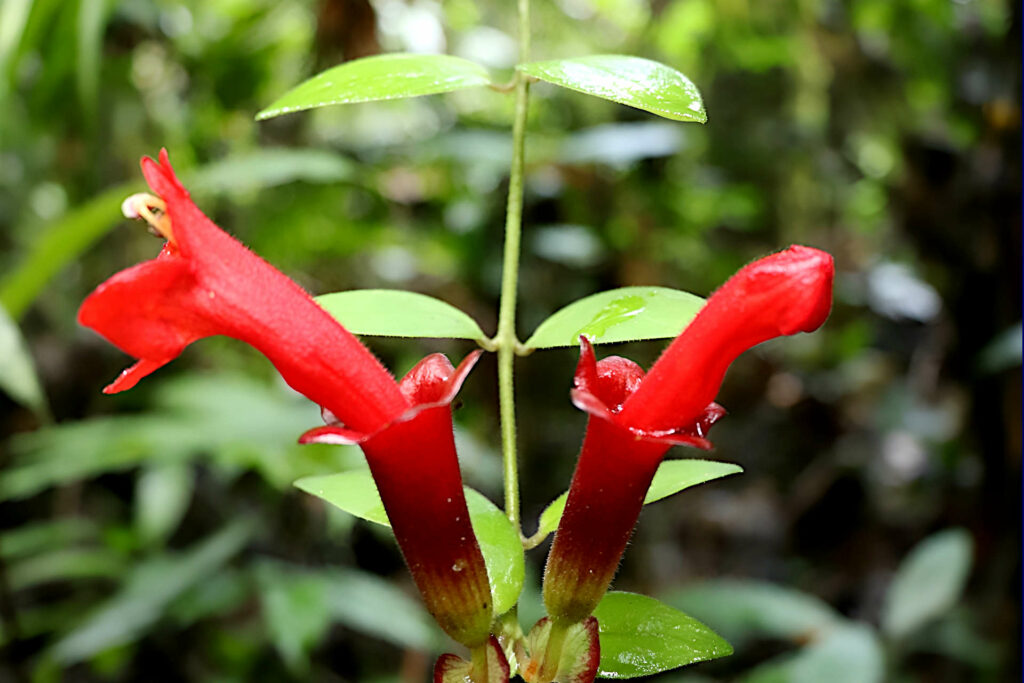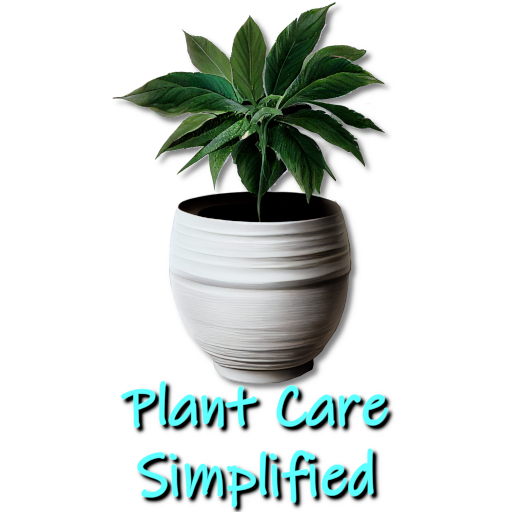Difference Between Aeschynanthus Pulcher and Aeschynanthus Radican
Kim is passionate about helping people create beautiful, healthy indoor spaces that are filled with plants. Kim believes that plants make us happier, healthier human...
Aeschynanthus pulcher and Aeschynanthus radicans are both species of lipstick plant. Both plants are popular for their vibrant red tubular flowers and are often grown as houseplants, but there are some key differences between the two.
Quick Overview of the Aeschynanthus Pulcher and theAeschynanthus Radican

Aeschynanthus pulcher
Aeschynanthus pulcher, commonly known as the lipstick plant or red bugle vine, is a species of evergreen perennial plant in the family Gesneriaceae, native to Indochina and western Malesia. It is an epiphytic climber that produces clusters of red flowers from summer to winter.
Both plants are popular for their vibrant red tubular flowers and are often grown as houseplants.
- Leaves are dark green and thick.
- Flowers are bright red and emerge from brown calyces.
- Ovary is smooth.
- Grows best in semi-shade or bright filtered light.
- Prefers to dry out between waterings.
Aeschynanthus radicans, also known as the lipstick plant, lipstick vine, or basket vine, is a vine-like plant native to the humid tropics of the Malay Peninsula, which is south of Java. It is also an epiphytic species found growing from tree branches and in cracks in rocks.
Aeschynanthus radicans
- Leaves are dark green and thin.
- Flowers are red, orange, or yellow and emerge from brown calyces.
- Ovary is hairy.
- Grows best in bright, indirect light.
- Prefers to stay moist, but not soggy.
Below is a table that lists the most essential differences between these two Aeschynanthus types:
| Feature | Aeschynanthus pulcher | Aeschynanthus radicans |
|---|---|---|
| Leaves | Dark green and thick | Dark green and thin |
| Flowers | Bright red | Red, orange, or yellow |
| Calyx | Brown | Brown |
| Ovary | Smooth | Hairy |
| Light requirements | Semi-shade or bright filtered light | Bright, indirect light |
| Watering | Dry out between waterings | Stay moist, but not soggy |
Characteristics and Appearance
Above we have provided a brief overview of the features of both plants and listed the essential difference. Below we will look in more detail at the difference between Aeschynanthus pulcher and Aeschynanthus radican.
Physical characteristics of Aeschynanthus pulcher
Aeschynanthus pulcher is a climbing evergreen subshrub that can grow up to 70cm in height. It has aerial rooting stems bearing oval leaves and terminal clusters of bright red tubular flowers that are 6cm in length and yellow in the throat.
Physical characteristics of Aeschynanthus radicans
Aeschynanthus radicans is a vine-like plant with slender trailing and arching stems originating in tree branches. Its leaves are dark green, elliptical, fleshy, and smooth-edged. It has long, red, tubular flowers in dense terminal clusters.
Key differences in leaf shape and texture
The most notable difference between the two is the ovary of Aeschynanthus radicans has hairs, while the ovary of Aeschynanthus pulcher is smooth. In addition, Aeschynanthus pulcher has oval leaves, while Aeschynanthus radicans has elliptical leaves. Both plants have fleshy leaves.
Distinctive traits of flower color and shape
Both plants have bright red tubular flowers. However, Aeschynanthus pulcher's flowers are yellow in the throat, while Aeschynanthus radicans' flowers are not mentioned to have this characteristic.
Habitat and Growth Patterns

The Natural Habitat of Aeschynanthus Pulcher
Aeschynanthus pulcher is native to Indochina and western Malesia.
The Natural Habitat of Aeschynanthus Radicans
Aeschynanthus radicans is native to the humid tropics of the Malay Peninsula south of Java.
Preferred growing conditions for Aeschynanthus pulcher
Aeschynanthus pulcher should be grown outdoors in humus-rich, well-drained soil in partial shade in a frost-free location. Under glass, it should be grown in 3 parts sphagnum and one part peat. It should be grown in filtered light to encourage flowering. Watering should be done with soft water.
Preferred growing conditions for Aeschynanthus radicans
As a houseplant, Aeschynanthus radicans should be planted in a well-draining potting mix. If the plant gets enough warmth, humidity, and filtered sunlight, it will produce a prolific display of flowering through much of the year, with the most abundant show in the summer and fall.
Choosing the Right Plant for Your Space
The next question is how you can best decide which is the most suitable for your home or garden if you have the correct conditions to grow a lipstick plant outside.
Factors to consider when selecting between Aeschynanthus pulcher and Aeschynanthus radican
When selecting between Aeschynanthus pulcher and Aeschynanthus radican, factors to consider include the preferred growing conditions, physical characteristics, and potential issues of each species.
Indoor and outdoor suitability of each species
Both Lipstick plants' soil requirements are similar. Aeschynanthus pulcher can be grown outdoors in a humus-rich, well-drained soil in partial shade in a frost-free location. Under glass, it should be grown in 3 parts sphagnum and one part peat. As a houseplant, Aeschynanthus radicans should be planted in a well-draining potting mix.
Other Plant Care Requirements
Aeschynanthus pulcher and Aeschynanthus radican have the same care requirements. Below are just a few tips on how to ensure your choice of lipstick plant will thrive for many years to come.
- Fertilize your lipstick plant every 6-8 weeks during the growing season.
- Mist your lipstick plant regularly to increase humidity.
- Prune your lipstick plant in the spring to promote new growth.
- Be careful not to overwater your lipstick plant, as this can lead to root rot.
Aesthetics and design considerations for different settings
Both species have bright red tubular flowers and are popular for their vibrant colors. They are often grown as houseplants.
Ultimately, the best way to choose between Aeschynanthus pulcher and Aeschynanthus radicans is to consider your personal preferences and growing conditions. If you are looking for a plant with dark green, thick leaves, and bright red flowers, then Aeschynanthus pulcher is a good choice. If you prefer a plant with thin, dark green leaves and red, orange, or yellow flowers, then Aeschynanthus radicans is a better option.
Summary: Difference Between Aeschynanthus Pulcher and Aeschynanthus Radican
Recap of the key differences between Aeschynanthus pulcher and Aeschynanthus radican
Aeschynanthus pulcher is native to Indochina and western Malesia, while Aeschynanthus radicans is native to the humid tropics of the Malay Peninsula south to Java. Both species have bright red tubular flowers but differ in their leaf shape, with Aeschynanthus pulcher having oval leaves while Aeschynanthus radicans have elliptical leaves.
Benefits of selecting the appropriate species for your needs and preferences
Selecting the appropriate species for your needs and preferences can ensure that you have a healthy and thriving plant that adds beauty to your space. Both species are popular for their vibrant colors and are often grown as houseplants.
Commonly Asked Questions (FAQs)
Can Aeschynanthus pulcher and Aeschynanthus radican be grown together?
Yes, Aeschynanthus pulcher and Aeschynanthus radicans can be grown together. They have similar care requirements so that they will thrive in the same environment. However, it is important to note that they have different flower colors, so you may want to consider this when choosing plants to grow together.
How do you encourage flowering in Aeschynanthus species?
Aeschynanthus pulcher should be grown in indirect light to encourage flowering. If the plant gets enough warmth, humidity, and filtered sunlight, the Lipstick plant will produce flowers several times a year, with the most abundant show in the summer and fall.
What are the potential health benefits of keeping Aeschynanthus pulcher and Aeschynanthus radican Lipstick plants?
There are a few potential health benefits of keeping lipstick plants, although more research is needed to confirm these findings. Lipstick plants are known to be air-purifying plants, which means they can help to remove pollutants from the air, potentially benefiting people with allergies or respiratory problems.
Studies have shown that being around plants can help to reduce stress levels, likely due to the fact that plants release oxygen and other compounds that have a calming effect on the body. Being around plants can also improve mood, likely due to the same factors that reduce stress levels. Additionally, some studies have shown that being around plants can increase productivity, likely because plants can help to create a more relaxed and focused environment.
Resources
- Royal Horticultural Society: Aeschynanthus pulcher
Kim is passionate about helping people create beautiful, healthy indoor spaces that are filled with plants. Kim believes that plants make us happier, healthier human beings, and she loves sharing her knowledge with others so they can experience the joys of plant care for themselves. <a href="https://plantcaresimplified.com/kim-marson/">Read more</a>
More Posts